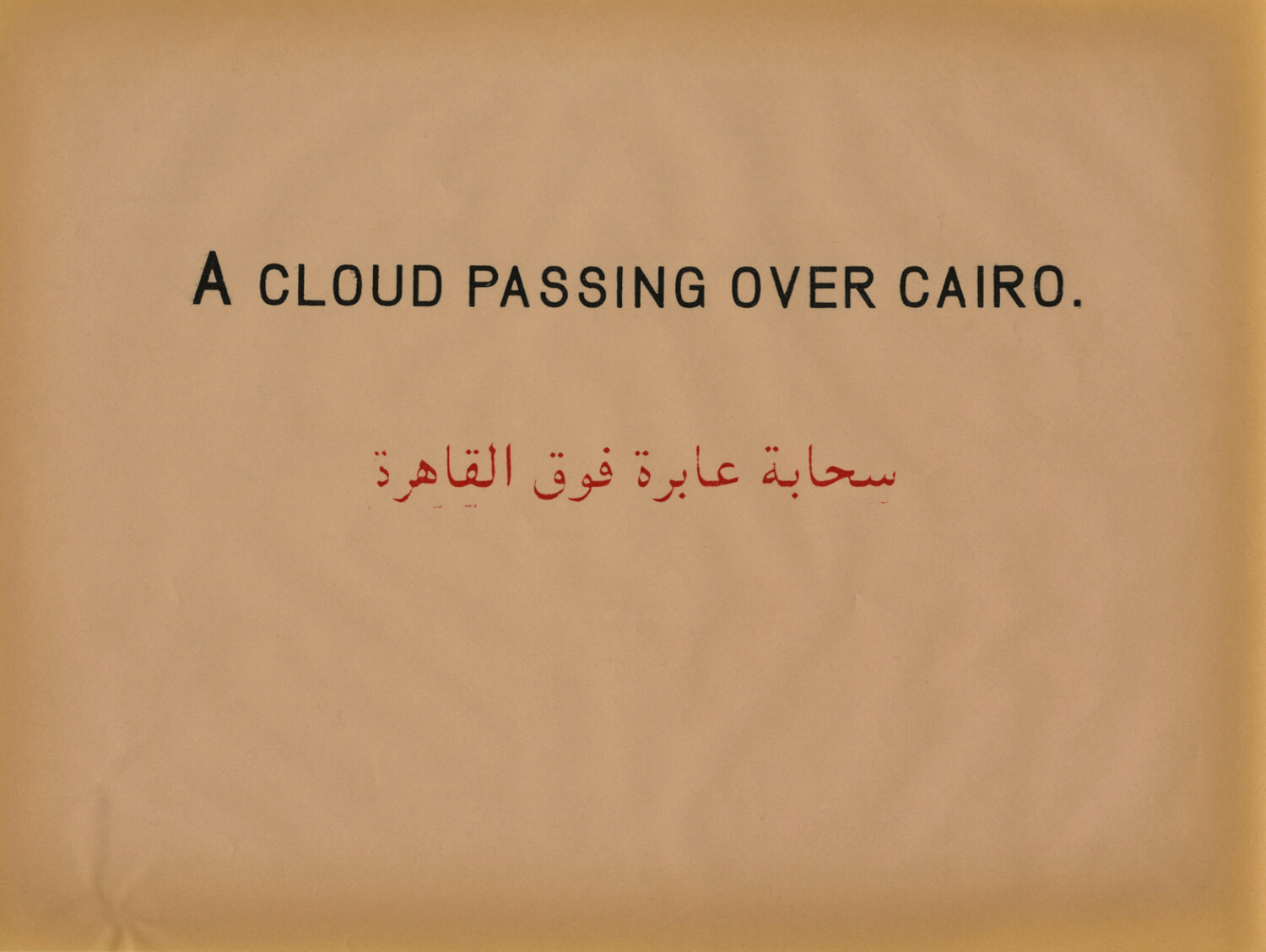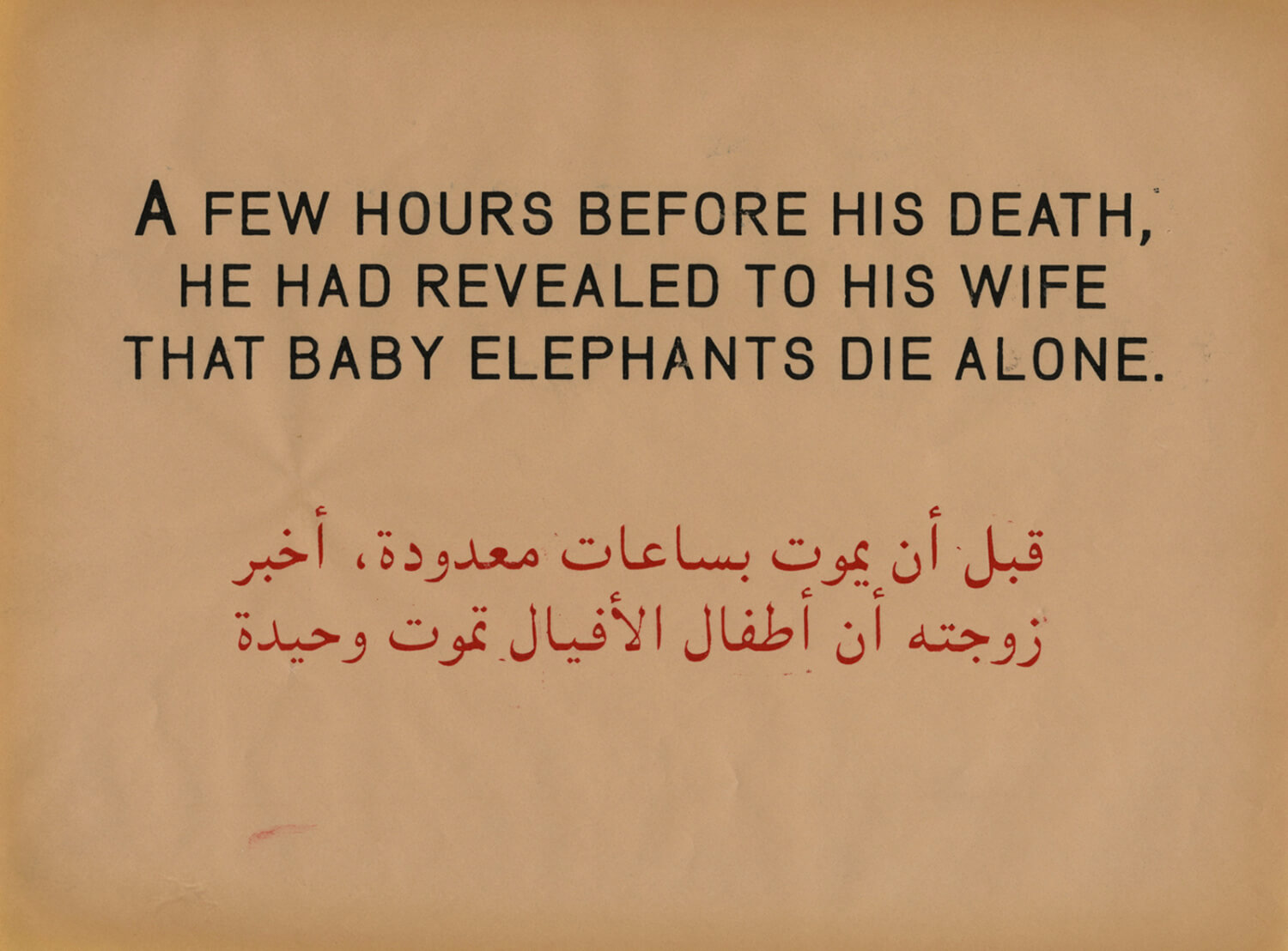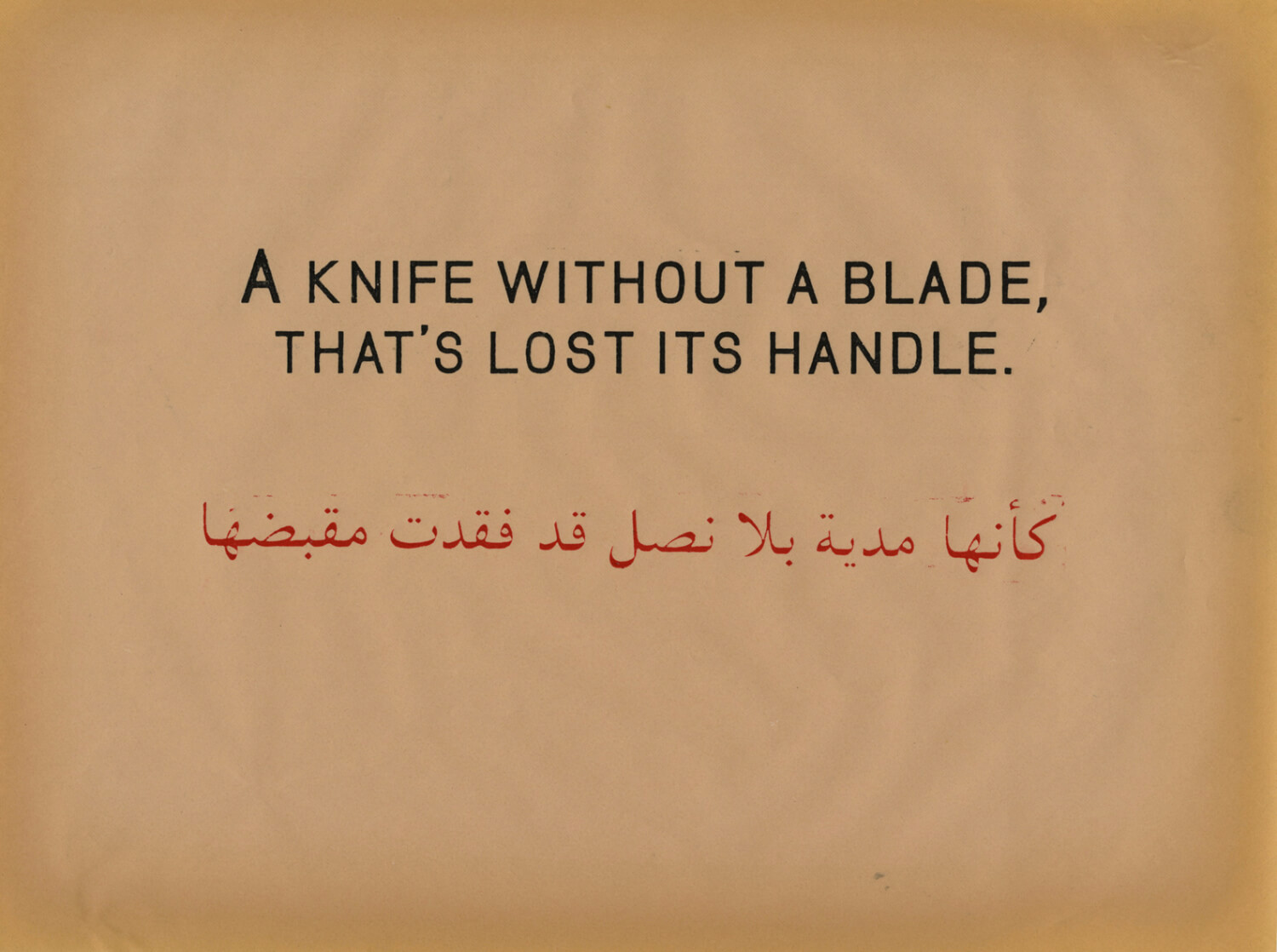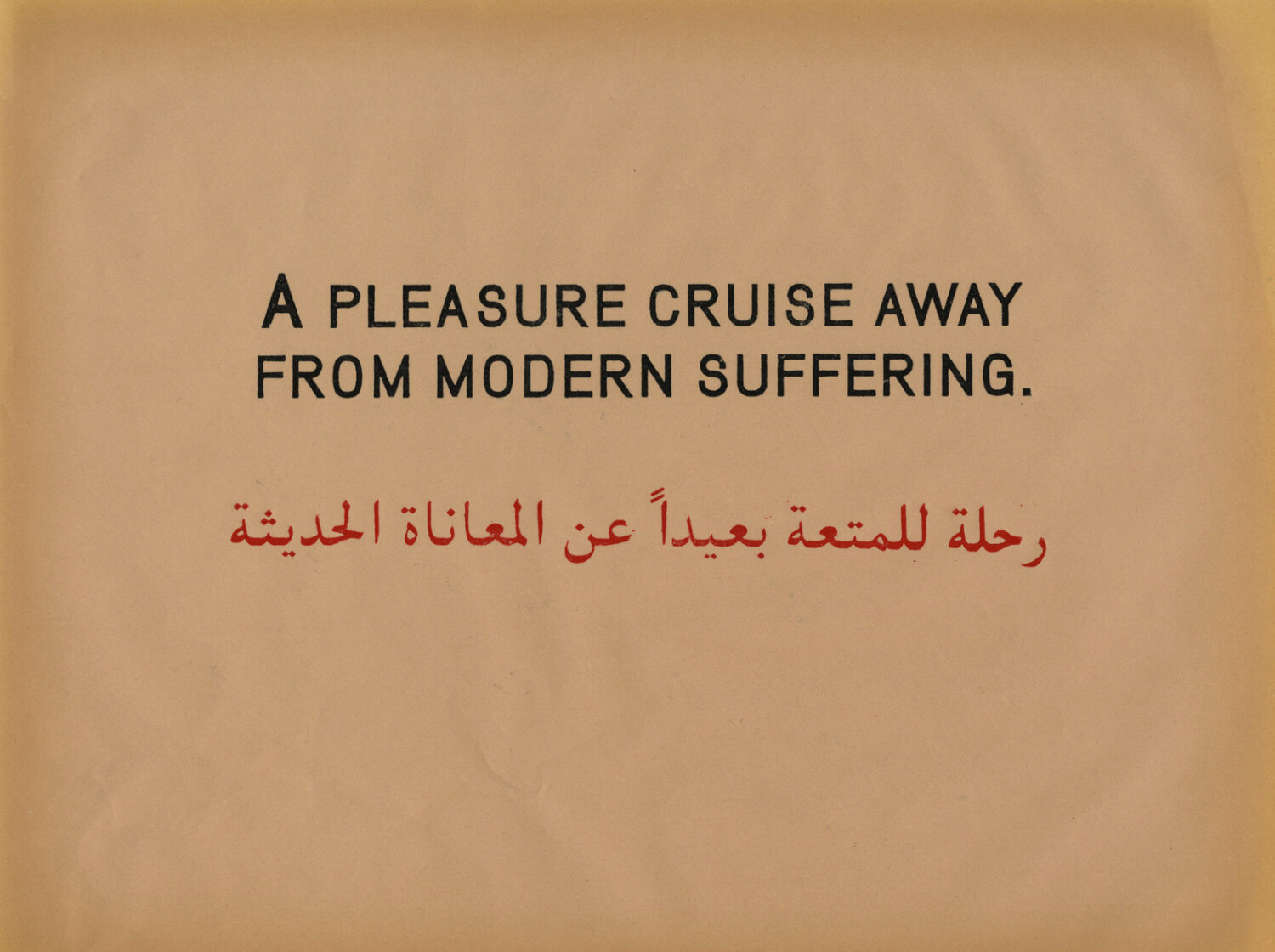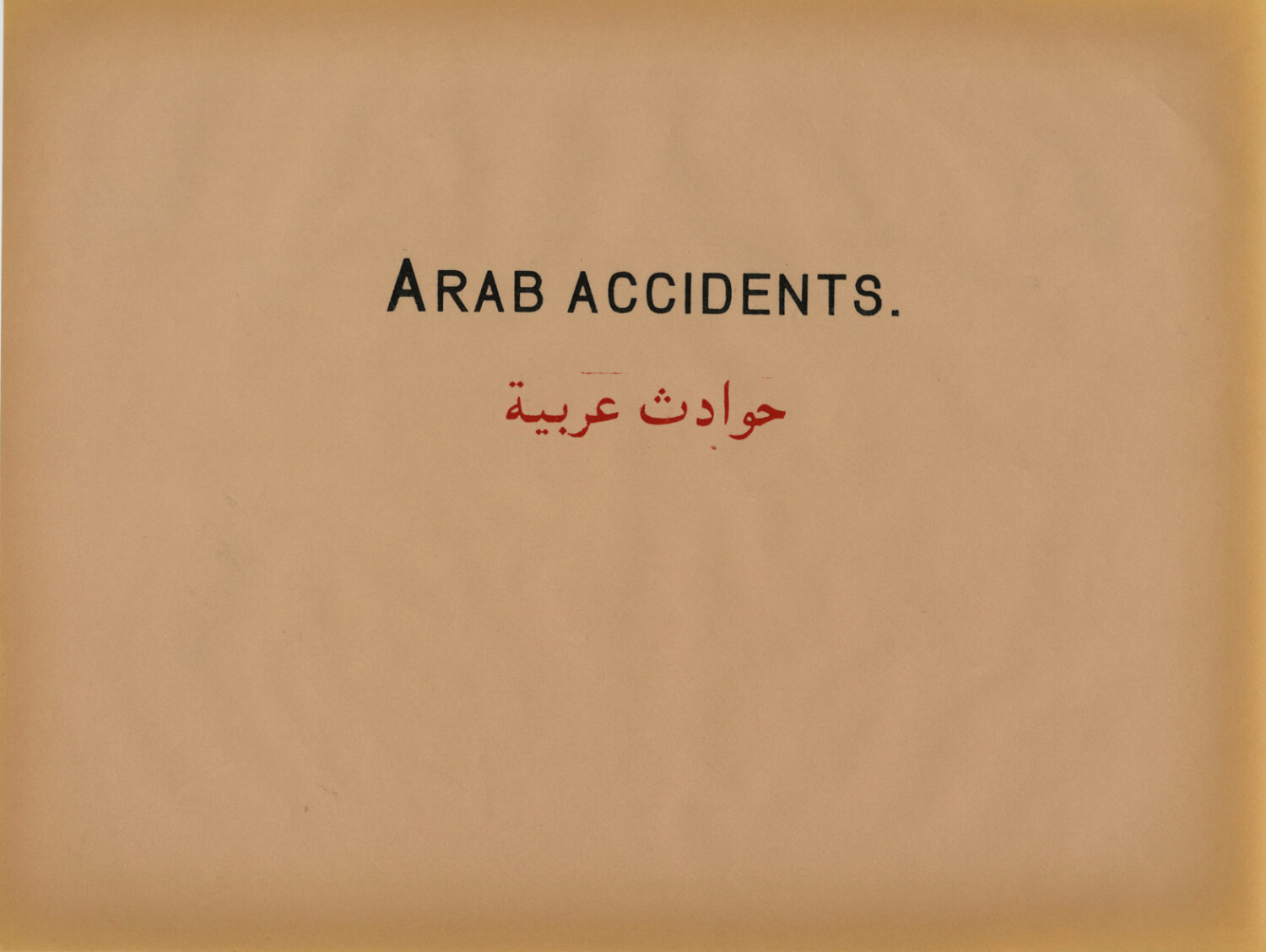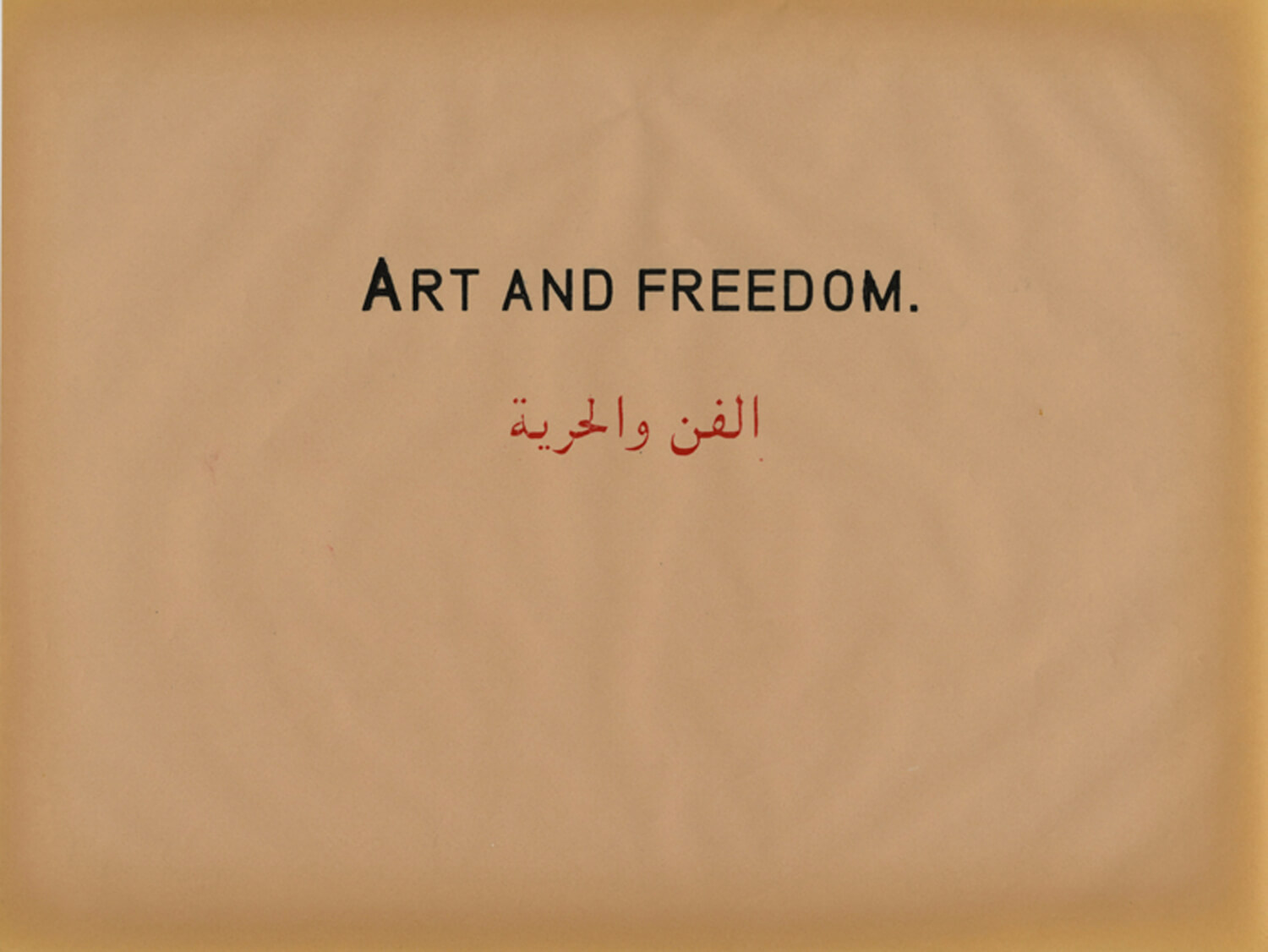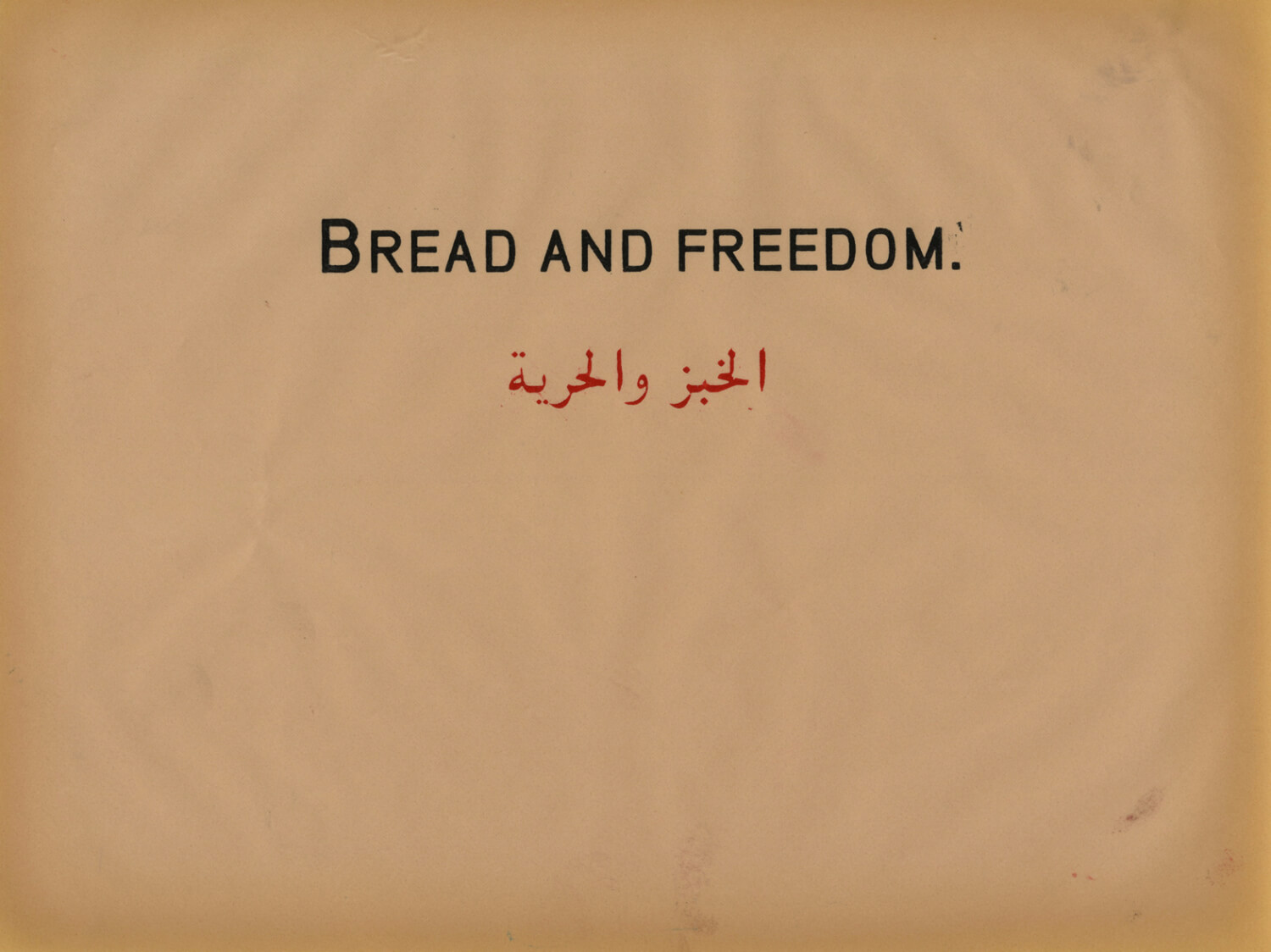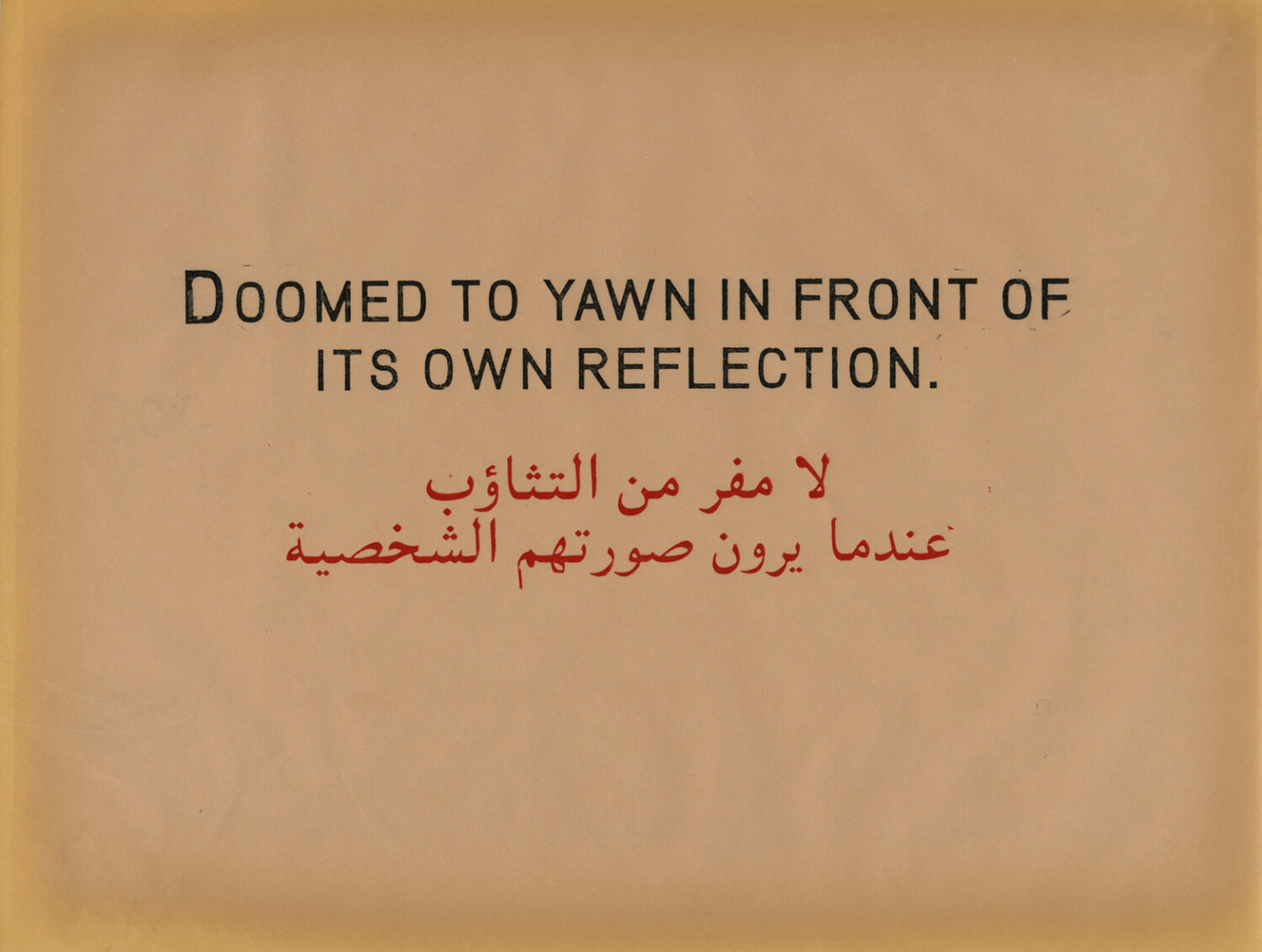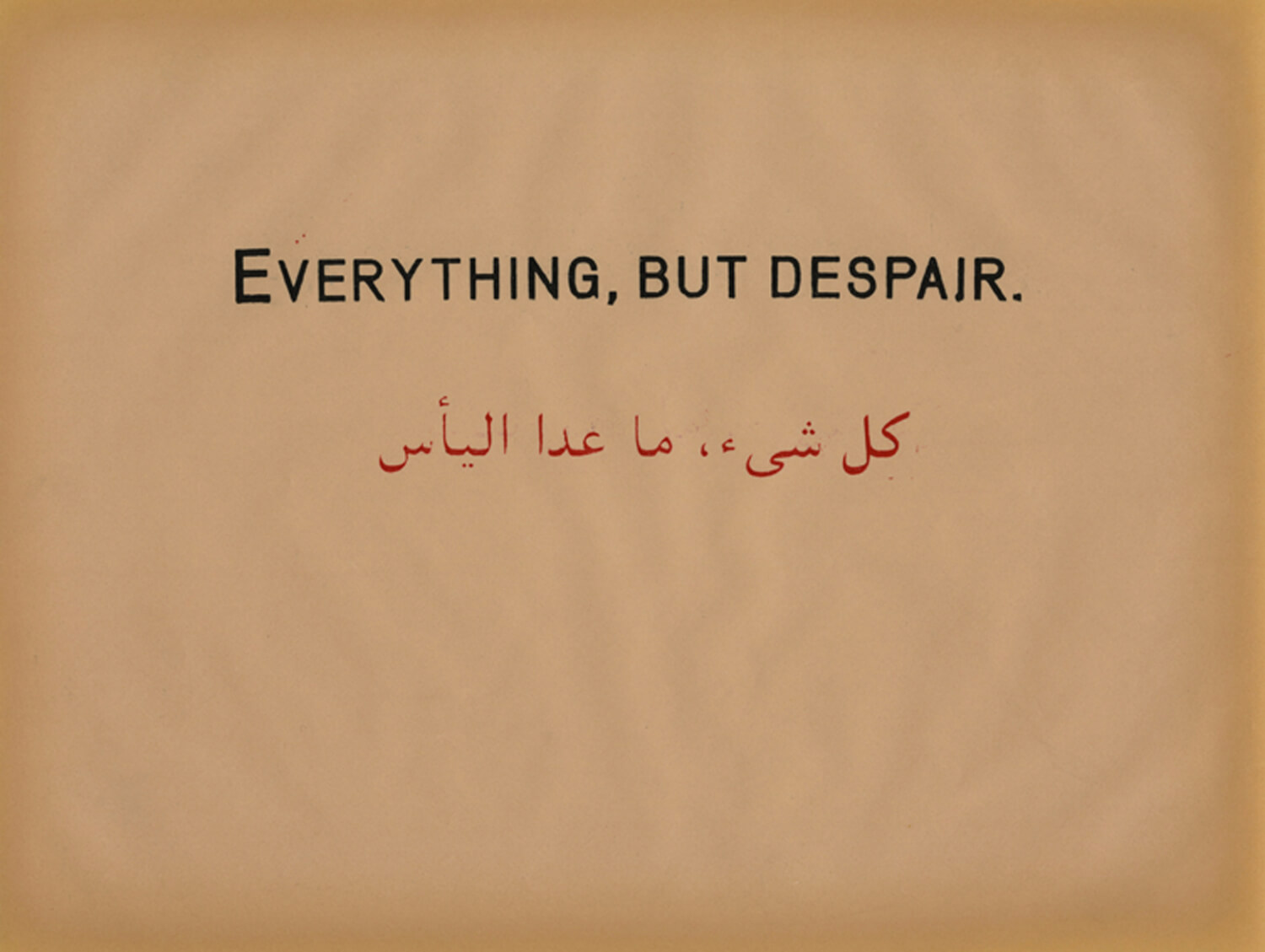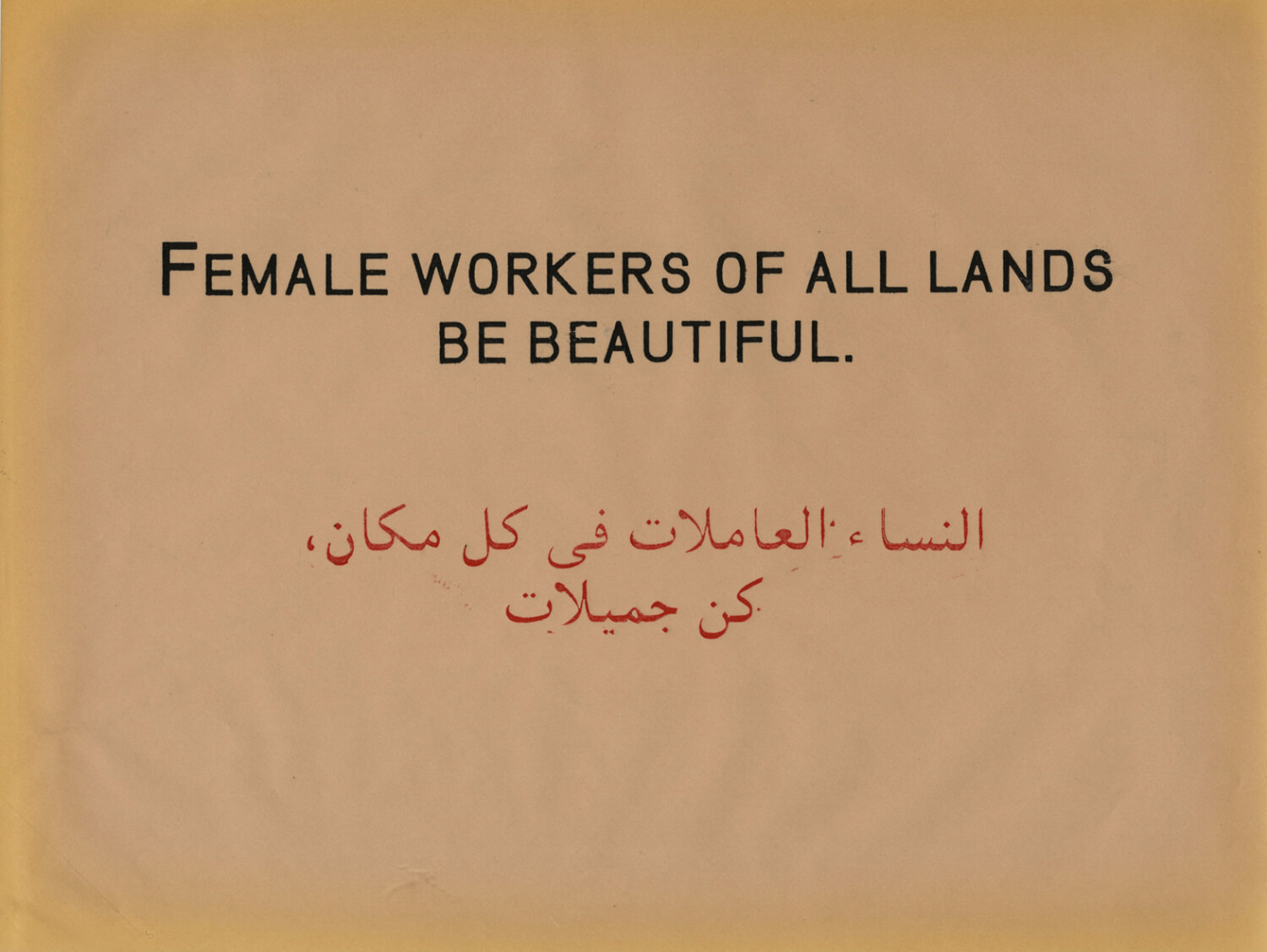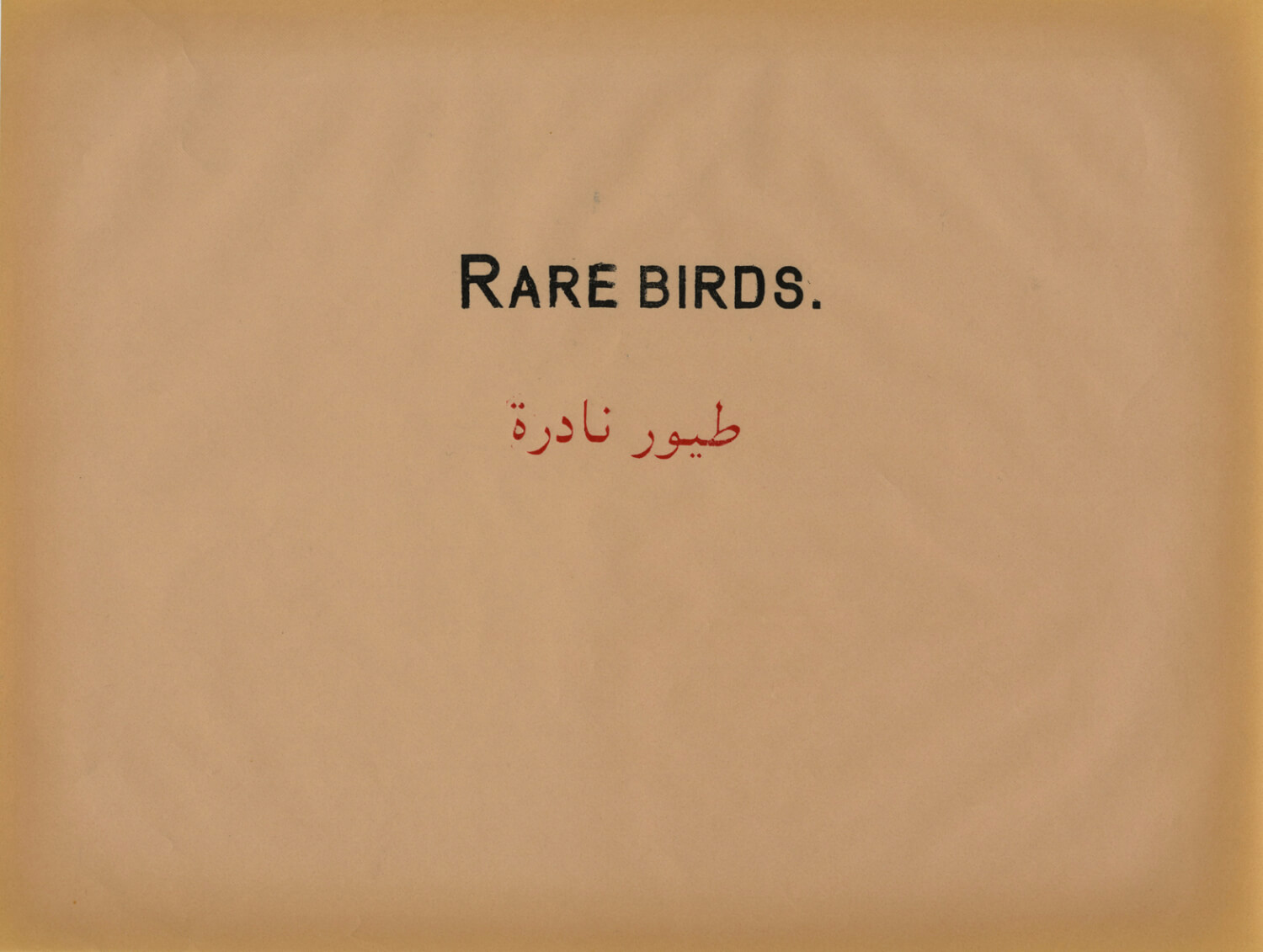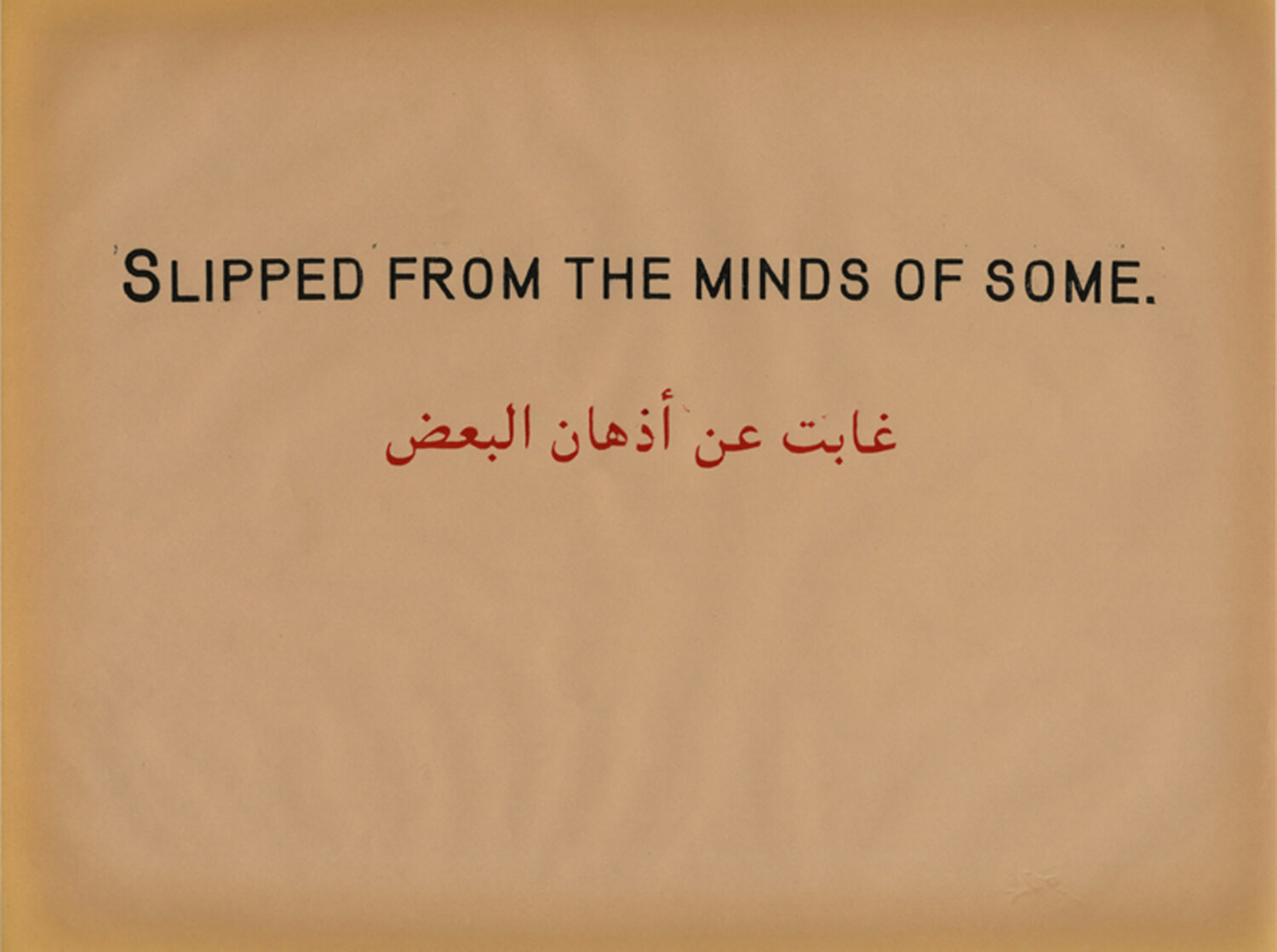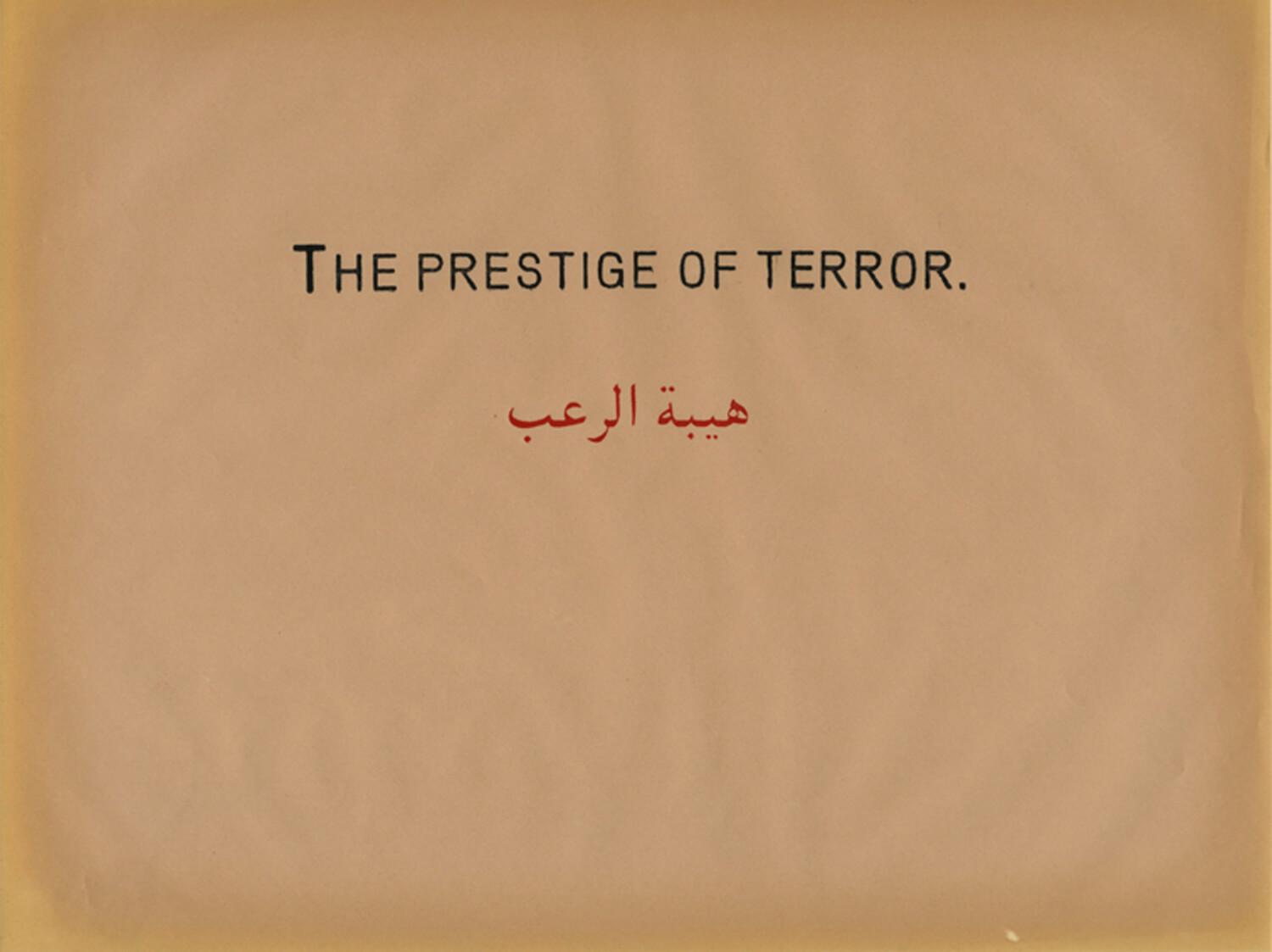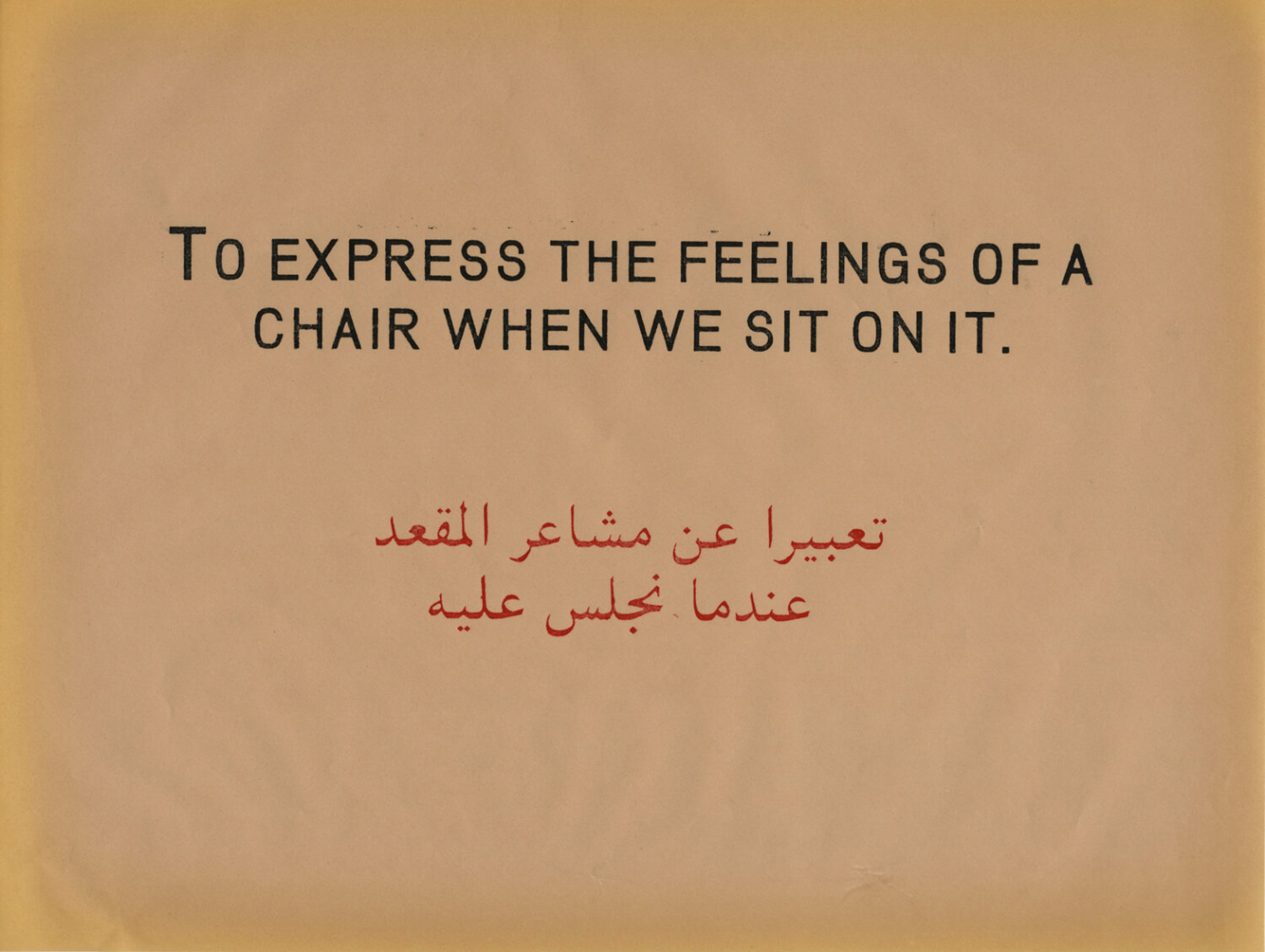THE PRESTIGE OF TERROR
The Prestige of Terror is the title of a pamphlet written by the Egyptian Surrealist George Henein and published in Cairo, in French, several days after the dropping of the atomic bomb. It was not a thesis so much as a manifesto, in which he re-affirms his distaste for fascism, describes this moment in history as the worst day in the career of humanity, in which the ally’s have come to resemble their antagonists. Henein despised the politics of compromise, ‘The Lesser Evil’ as he called it. The Prestige of Terror was a rejection of racism and murder as a justification to win a democratic war.
Our exhumation of the egyptian surrealist movement began at the Townhouse Gallery, Cairo in May 2010. Over the course of their short and sweet life, the 'Art and Freedom' group, as they were known, prepared just five exhibitions and published two editions of a magazine, ‘la part du sable.’ It is difficult to say what led to their premature end. What we do know is that the egyptian surrealists spent much of this short period eloquently describing their own demise. Still, on december 22, 1938 when this group of precocious painters, poets, journalists, and lawyers published their manifesto, “Vivre l’Art Degenere,” They were brimming with optimism. With their stand against order, beauty and logic, the 'Art and Bread’ group, as they later became known, shook up a community steeped in academicism and the picturesque with their particular version of modernism. Herein was a remarkable moment when surrealism in an odd alliance with marxism met the orient. True to their spirit, this exhibition will run backwards, with the 6th ‘Art and Freedom’ show opening on the closing night: may 12th, 2010. Until then the gallery space will be dedicated to the production of new works, which will be added to the gallery walls each day. This exhibition will coincide with the publication of the surrealist magazine 'La Part du Sable,' which breathed its last breath after its second issue in 1941. In this way, the third issue, planned around the theme of violence but never realized, will finally see the light of day. These events will take place without the consultation of any founding members—all of whom are deceased. Anyone with information about the dreams and works of the original protagonists—Georges Henein, Ramses Younane, Fouad Kamel, and Kamal al Tilmisani— your contributions are welcome.
